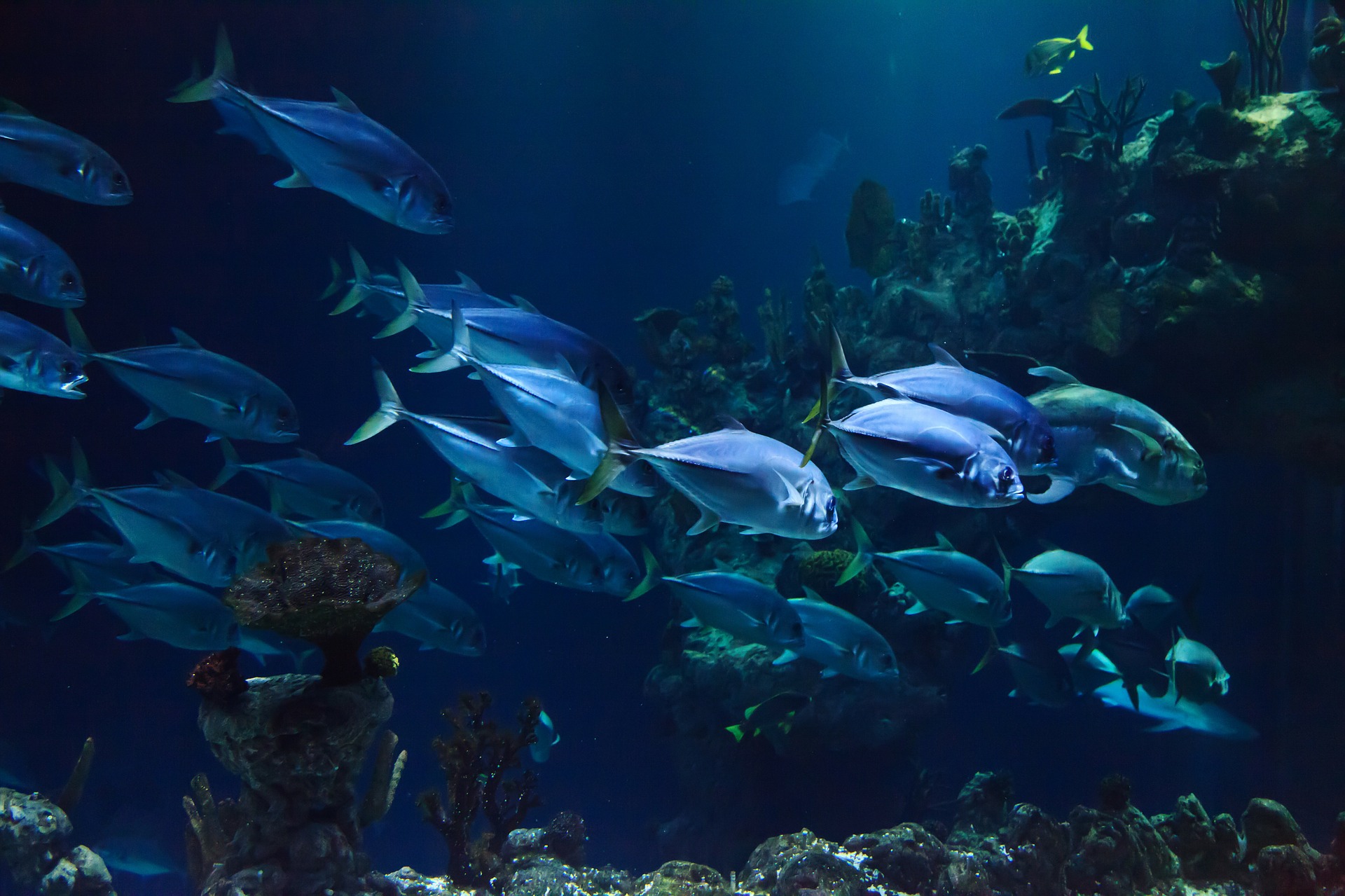Ever wondered what’s under the waves?
It’s calming listening to waves crashing on a shore, and everyone loves a day at the beach, but have you ever stopped to wonder just exactly what lies under the world’s oceans?
From all kinds of amazing life, to wrecks, mountain ranges, and crucial work that happens underwater as within the subsea technologies industry, take a further look at some of the stats and info below:
With a staggering 321,003,271 cubic miles of water, the seas blanket 71% of the Earth, says NOAA’s National Geophysical Data Center. With such a vast expanse of the planet submerged in water, it’s only natural that our minds often wander under the waves to wonder what lies beneath…
A waterfall under the ocean?
The Earth’s deepest known point is found at the Mariana Trench. Located in the western Pacific Ocean and to the east of the Mariana Islands, the deepest point found here measures in at an estimated 11,000 metres — or 36,000 feet. The average depth of the Earth’s oceans is also 3,720 metres — or 12,200 feet.
As well as this, the longest mountain range in the world is also found underwater. Named the Mid-Oceanic Ridge, this mountain chain stretches for more than 56,000km across and covers parts of the Atlantic Ocean, the Indian Ocean and the Pacific Ocean. Meanwhile, Earth’s highest mountain in the ocean is the Mauna Kea. Found off the coast of Hawaii, the mountain rises for 10,203 metres (33,474 feet) from the ocean floor, with 4,170 metres (13,680 feet) viewable above sea level. Plus, the Earth’s largest living structure also finds its home in the ocean. This is the Great Barrier Reef — it measures around 2,600km and is so huge that it can be spotted from the Moon.
Oddly, the world’s largest waterfall is underwater too. How does water fall underwater? Well, put simply, beneath the Denmark Strait there’s a ridge that drops for a dizzying 3.22km. As cold water is denser, the southward-bound waters from colder seas flows below the warmer water of the area. It then pours over the top of the ridge to cascade down that long drop!
On the ocean floor near to the Gulf of Mexico, brine pools can be found as can underwater volcanoes where mud and methane explode from them as opposed to lava. There’re also underwater hot springs found across the Earth’s oceans, where water with temperatures of 650°F shoot out — that’s hot enough to melt lead.
Vital trade and communication lines
Without the water, we would not be as connected in the modern world. Over 90 per cent of all trade between countries is carried by ships, while around half of communications between nations occur using underwater cables.
Amazing life forms
We’ve only explored a fraction of the planet’s waters, with more than 80 per cent of the ocean still unmapped. As such, while there are already hundreds of thousands of known marine life forms in the ocean, many are still to be discovered and some scientists have suggested that the actual number could go into the millions. There are around 4,000 species of coral reef fish found across the globe — that’s close to a quarter of all of the world’s marine fish species. Plus, corals can live up to a mind-blowing 5,000 years!

Of course, it’s not all fish, mammals, and plant life. A millilitre of ocean water contains close to 1 million bacteria and 10 million viruses.
There’s so much more to find too. After all, we have more detailed maps of Mars than we do of our planet’s ocean floor.
Treasures!
The historical artefacts and treasures lost in the waters total more than every museum in the world combined. There is almost 20 million tons of gold within the Earth’s oceans too — if all which was suspended was mined, there would be enough to give each person on the planet around 9 pounds of gold. Up to $60 billion in sunken treasure is housed on the floors of Earth’s oceans as well.
Not all treasures are merely gold either. Scientists predict that there could be as much as 50 quadrillion tons of dissolved solids found within the Earth’s oceans — calcium salts, magnesium salts, potassium salts and sodium salts make up the bulk of this huge figure.
It’s not always a pretty sight in the ocean, sadly. Every year sees an estimated 14 billion pounds of garbage dumped into the world’s oceans, with most of this being harmful plastic.

